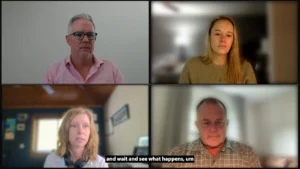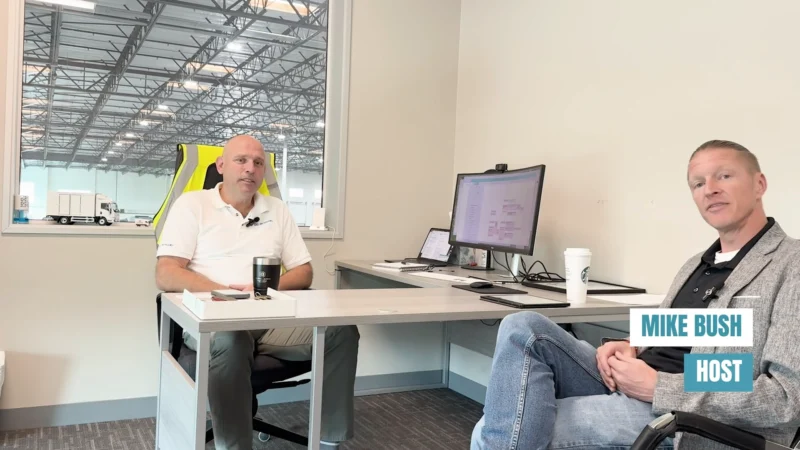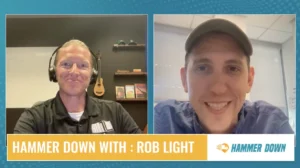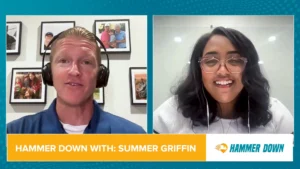How Up Hail is Empowering Commuters
Up Hail is revolutionizing commuting, allowing commuters to compare taxi, rideshare and bikeshare fees, among other potential options, to gain greater understanding and insight into what the best option is for their unique circumstance and needs.
The service has been particularly useful in light of the growth of bikesharing, with a recent study by Dafeng Xu from the University of Washington’s Evans School of Public Policy and Governance asserting a rise in the practice from 2008-2016, especially in urban areas with bikeshare programs.
The study reported that, in urban communities with a bikesharing program, commuters chose bikes about 20% more often.
On this episode of MarketScale Live, Up Hail Founder Avi Wilensky joined Voice of B2B Daniel Litwin to discuss this growth, how it’s been impacted by the COVID-19 pandemic, and the role Up Hail is playing in helping users manage growing commuting options.
For now, though, it’s still a matter of focusing on how the industry can recover from the impact of the pandemic, which has commuters worried about options leveraged by fellow commuters.
In fact, Wilensky said, from November 16, 2019 to June 16 of this year, 204 of Up Hail users clicked out from our site to sign up for Bird, Lime, Spin, or Jump providers.
Although Wilensky admits that sample is not very large, the data derived from those users indicates a clear decline in March and remain low without a recovery we are seeing in the ridesharing space among companies like Uber and Lyft. Up Hail’s data is consistent with Google Trends, which show the same decline without recovery.
“What we’ve seen is that, since March 2 or so when the state of emergency started or the pandemic was declared, we’ve seen a slight decline in e-scooters and bikeshare selections on our site,” Wilensky said. “Right now, it seems like it’s at its low, and it hasn’t recovered yet.”
Moving forward, Wilensky said he feels price will be more important than pandemic-related fears, particularly as the world moves toward a new normal.
“I think that consumers tend to be more price-driven rather than fear-driven, and people have a budget in mind when it comes from getting from point A to point B,” he said. “People factor that in a lot more than, in my opinion, the risk of getting a disease from a transportation option. … I think, for the most part, price still wins.”
Follow us on social media for the latest updates in B2B!
Twitter – @MarketScale
Facebook – facebook.com/marketscale
LinkedIn – linkedin.com/company/marketscale








